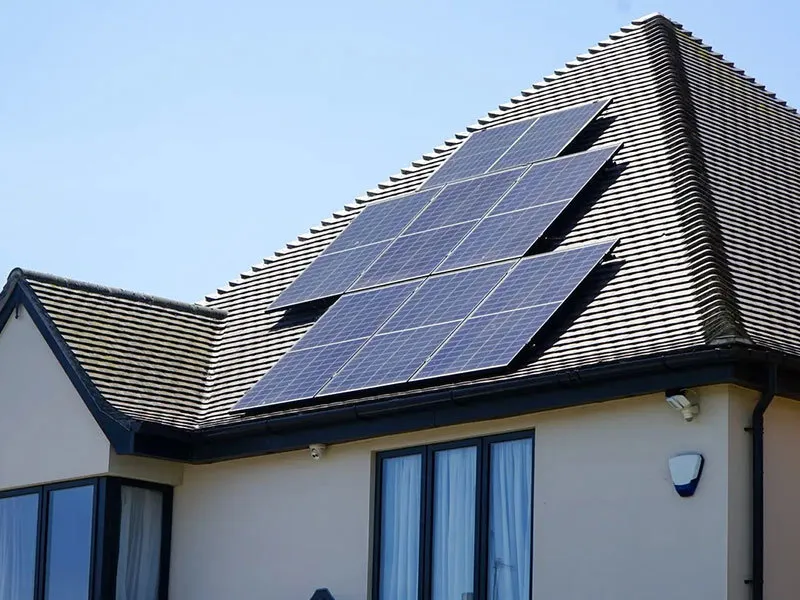monofacial vs mono perc
Monofacial vs. Mono-PERC A Comparative Analysis in Solar Technology
In the ever-evolving landscape of solar technology, two types of solar panels have emerged as prominent contenders monofacial and mono-PERC (Passivated Emitter and Rear Cell). As the world shifts towards harnessing clean energy, understanding the intricacies of these technologies is essential for consumers, investors, and industry professionals alike. This article delves into the characteristics, benefits, and drawbacks of monofacial and mono-PERC solar panels.
Understanding the Basics
Monofacial solar panels are traditional solar cells that generate electricity solely from the front side. These panels have a standard architecture with photovoltaic cells covered by a protective layer of glass. On the other hand, mono-PERC panels introduce an innovative design by enhancing the efficiency of solar cells through a passivation layer at the rear of the cells. This additional layer reflects unabsorbed sunlight back into the cells, allowing them to capture more energy and ultimately increase their overall efficiency.
Efficiency and Performance
One of the key differentiators between monofacial and mono-PERC panels is their efficiency. Typically, monofacial panels achieve an efficiency rate ranging from 15% to 20%, depending on the technology used and environmental conditions. In contrast, mono-PERC panels can reach efficiencies of 20% to 23%, providing higher energy output per unit area. This efficiency advantage is particularly beneficial for residential installations where space may be limited.
Moreover, mono-PERC panels tend to perform better in low-light conditions or partially shaded environments. The rear passivation layer minimizes electron recombination, enabling the cells to harness more indirect sunlight. Thus, in scenarios where the panels may not receive optimal sunlight exposure, mono-PERC technology presents a significant advantage.
Cost Considerations
While mono-PERC panels offer enhanced performance, they often come at a higher cost compared to traditional monofacial panels. The additional manufacturing steps and materials required for the passivation layer contribute to the increased price. Consumers and businesses must weigh the upfront investment against the long-term energy savings when making a solar panel selection.
However, it is important to consider that advancements in production techniques and economies of scale may gradually close the price gap between monofacial and mono-PERC panels. Over recent years, the price of solar technology has seen a consistent decline, spurring affordability and accessibility for various consumers.
monofacial vs mono perc

Installation and Aesthetic Considerations
Another vital aspect to consider when choosing between these technologies is installation and aesthetics. Monofacial panels are simpler to install, making them a popular choice for residential applications. Their established design is compatible with various mounting systems, resulting in a streamlined installation process.
Conversely, the installation of mono-PERC panels may require more specialized knowledge due to their intricate design, particularly when optimizing their performance to capture maximum sunlight. However, many manufacturers provide comprehensive installation training and support, helping mitigate these challenges.
Aesthetically, both monofacial and mono-PERC panels have made significant advancements in design. There are now options available that blend seamlessly with conventional roofing materials, addressing concerns about the visual impact of solar installations.
Environmental Impact and Longevity
From an environmental perspective, both monofacial and mono-PERC solar panels contribute positively by harnessing solar energy and reducing carbon footprints. Nevertheless, the manufacturing processes involved in producing mono-PERC panels are often considered more resource-intensive. For environmentally conscious consumers, this consideration may play a significant role in their decision-making process.
Regarding longevity, both types of panels are designed to have long lifespans, typically exceeding 25 years. Warranty offerings can also be a crucial factor, with many manufacturers providing significant warranties that guarantee performance over time.
Conclusion
In conclusion, the choice between monofacial and mono-PERC solar panels hinges on various factors, including efficiency, cost, installation ease, and personal preferences. While mono-PERC panels offer superior efficiency and performance, monofacial panels provide a more economical solution for those with less stringent energy demands. Ultimately, an informed decision should consider individual circumstances and long-term goals in a world that continuously seeks sustainable energy solutions. As technology progresses and the solar market expands, both monofacial and mono-PERC technologies will continue playing vital roles in our transition towards a greener future.
-
String Solar Inverter: The High-Efficiency Solution for Smart Solar EnergyNewsJul.14,2025
-
Revolutionizing Rooftop Energy with the Power of the Micro Solar InverterNewsJul.14,2025
-
Power Independence with Smart Off Grid Solar Inverter SolutionsNewsJul.14,2025
-
On Grid Solar Inverter: Powering the Future with Smart Grid IntegrationNewsJul.14,2025
-
Monocrystalline Solar Panels: High-Efficiency Power for the Future of Clean EnergyNewsJul.14,2025
-
Bifacial Solar Panel: A Smarter Investment for Next-Generation Energy SystemsNewsJul.14,2025







